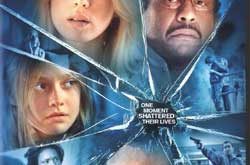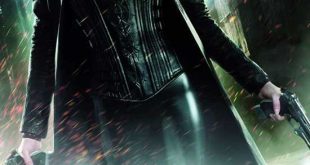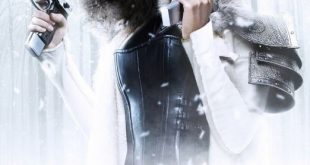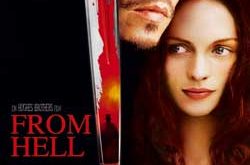SYNOPSIS:
“During the late 19th century, legendary vampire hunter Gabriel Van Helsing is a man cursed with a past he cannot recall and driven by a mission he cannot deny. Van Helsing finds a land still mired in the past, where legendary creatures of darkness come to life. A place ruled over by the evil, seductive and unbeatable vampire, Count Dracula. It is Dracula that Van Helsing has been sent to terminate. Anna Valerious is one of the last of a powerful royal family, now nearly annihilated by Dracula. A fearless hunter in her own right, Anna is bent on avenging her ancestors and ending an ancient curse by killing the vampire. Joined by a common foe, Van Helsing and Anna set out to destroy Dracula along with his empire of fear. But in challenging an enemy who never dies, Van Helsing uncovers a secret he never imagined and comes face-to-face with the unresolved mysteries of his own enshrouded past.” (courtesy IMDB)
REVIEW:
Stephen Sommers grew up in Minnesota and, after graduating, spent four years acting in theatre groups and managing rock bands around Europe. Returning to the United States, he earned his master’s degree by writing and directing the award-winning short film Perfect Alibi, then made his first feature Catch Me If You Can (1989) for US$800,000 and sold it for an amazing US$7 million. Three years later, money spent and in desperate need of work, Sommers wrote, produced and directed a few minor projects for Disney: The Adventures Of Huck Finn (1993), The Jungle Book (1994) and Oliver Twist (1997). His real career breakthrough came when he wrote and directed a B-grade horror-comedy called Deep Rising (1998) starring Treat Williams, which developed a minor cult reputation and sold exceeding well on DVD. Sommers built his reputation on the success of The Mummy (1999) – a modern re-telling of the 1932 Universal Pictures classic – and Universal built a studio on the success of its horror films of the thirties.
There is symmetry then, in Sommers and Universal working in cahoots to create Van Helsing (2004), a film that rose out of the irresistible notion of re-imagining the classic horror creatures from those Universal films – Count Dracula, Frankenstein’s monster, the Wolf Man – and aligning them against the venerated vampire vanquisher Van Helsing. Supporting horror characters such as Mister Hyde (whose cinematic legacy belongs to Paramount and MGM rather than Universal), hunchbacked Igor and Dracula’s brides bring the film’s total creature-count to nine. The Abraham Van Helsing of Bram Stoker‘s novel Dracula has been portrayed in any number of stage and screen adaptations, but Sommers presents a younger, more virile Gabriel Van Helsing (Hugh Jackman), not a respected professor but a member of a secret religious organisation that seeks out and destroys evil in its many manifestations.
After hunting down Mister Hyde (Robbie Coltrane) and accidentally killing Doctor Jekyll, Van Helsing’s next assignment is to destroy Count Dracula (Richard Roxburgh) before the vampire can unleash thousands more of his kind upon the world. He’s joined by the cowardly Carl (David Wenham), a devout friar and weapons expert, and Anna Valerious (Kate Beckinsale), a warrior princess whose family has been hunting the Count for five hundred years. The film starts promisingly enough with a black-and-white prologue – reflecting the climax of the original Frankenstein (1931) – as an angry mob of villagers storm the Transylvanian castle of Victor Frankenstein (Samuel West) as the grave-robbing scientist attempts to animate his creature (Shuler Hensley). The scene cuts between a huge laboratory set in Los Angeles and the exteriors shot at a real castle in Prague.
Australian special effects supervisor Ben Snow: “We shot these exteriors on a frozen hillside at three in the morning. There were three hundred extras carrying torches and it was freezing but, for any horror fan, standing on a hillside with peasants storming a 14th century castle was a dream come true!” After the titles, we move into a colour-filled world while we’re treated to a brief character-establishing scene of Van Helsing battling Mister Hyde in the bell tower of Notre Dame, then quickly whisks us away to the Vatican, where Van Helsing receives his orders to ‘Get Dracula’. It appears that the Count has a desperate need to procreate, a desire which makes a lot of sense when you see his three lovely wives. Since vampires are technically dead they cannot give birth to live progeny, so he needs to discover the secret of Frankenstein’s monster – life from lifelessness is the key.
Some fans might be better off avoiding Van Helsing, especially if they’re purists, if they want realism, if they dislike CGI, or if they want an understated film that’s a deep character study. Unfortunately, Sommers took it upon himself to script the film without bringing in a real writer to consult and restrain his self-indulgent excesses, so the characters (like the film itself) are assembled like a patchwork quilt, with various elements of mangled monster-movie mythology pieced together and thrown into the small village of Transylvania. Van Helsing becomes a slick Steampunk macho action hero, part James Bond, part Captain Kronos (1974) who works for a secret multi-cultural religious order hidden beneath the Vatican, which operates like some sort of 19th century ‘Q Branch’. Frankenstein’s monster becomes a more faithful depiction of Mary Shelley‘s creature, an intelligent, loquacious, tormented victim of a misguided doctor. Count Dracula becomes a suave, scheming mad scientist, and the Wolf Man (Will Kemp) becomes an over-sized super-agile computer-generated beast.
Although a fantasy, the performances help anchor the film in ‘reality’. Australian actors Hugh Jackman, Richard Roxburgh and David Wenham, along with Kate Beckinsale, Shuler Hensley and Sommers regular Kevin J. O’Connor (as the hilarious Igor) all give nuanced performances that imply the depth of character that the film does not have time to explore. Unfortunately it becomes obvious that Sommers is less interested in developing characters and more interested in smashing them into things. The plot, while not deep on characterisation, is fast-paced and action-packed and, combined with the extravagant visuals and many sprawling locations, the result is certainly epic in scope. The look of the film is undeniably lush (with a budget of US$160m it had better be!) with unusual point-of-view shots, exotic locations and computer-generated environments.
CGI is used extensively for the human characters as well as the creatures, enabling action sequences unbound by the laws of gravity or physics, and special effects that somehow manage to appear ridiculously expensive and unconvincingly obvious at the same time. The end result is a noisy over-edited version of House Of Frankenstein (1944) re-imagined by a filmmaker whose idea of style is to make things as loud and as busy as possible. It could have been worse. Before Van Helsing was released, Sommers began developing a spin-off television series called Transylvania. Featuring none of the characters from the film, the series was about a young cowboy from Texas who becomes a sheriff in Transylvania, has many strange adventures and encounters many strange creatures. Sommers wrote scripts for the pilot and first few episodes but, thankfully, NBC decided not to green-light the show.
Since Van Helsing, Sommers has been attached to a number of projects as director, writer or producer including remakes of Tarzan (1932), Flash Gordon (1936), When Worlds Collide (1951) and Les Victimes (1996). He was signed to direct the first Night At The Museum (2006) film but dropped out due to creative differences, and directed G.I. Joe The Rise Of Cobra (2009) instead. Sommers most recent film Odd Thomas (2013) sat on the shelf for over two years due to legal action by Two Out Of Ten Productions against Outsource Media Group for breach of contract. The suit alleges that US$25 million should have been spent on prints and advertising to support a release of Odd Thomas in the United States, and another US$10 million to partially refinance certain loans. Odd Thomas (Anton Yelchin) is a psychic who lives in a small town in California who describes his ability as, “I see dead people, but then, by God, I do something about it!” But that’s another story for another time. Right now I’ll ask you to please join me next week when I have the opportunity to present you with more unthinkable realities and unbelievable factoids of the darkest days of cinema, exposing the most daring shriek-and-shudder shock sensations ever to be found in the steaming cesspit known as…Horror News! Toodles!
Van Helsing (2004)
 Horror News | HNN Official Site | Horror Movies,Trailers, Reviews
Horror News | HNN Official Site | Horror Movies,Trailers, Reviews
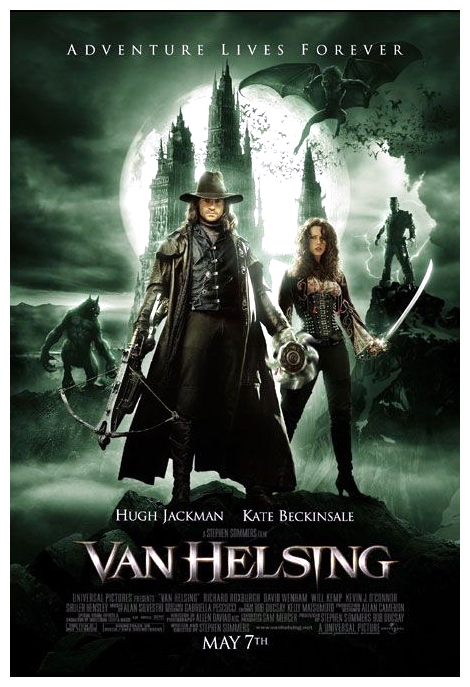
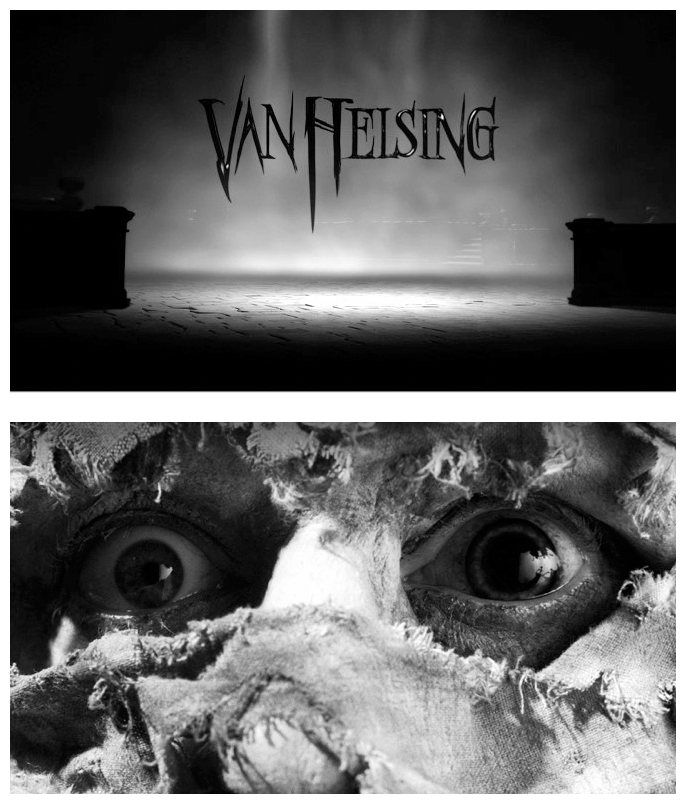

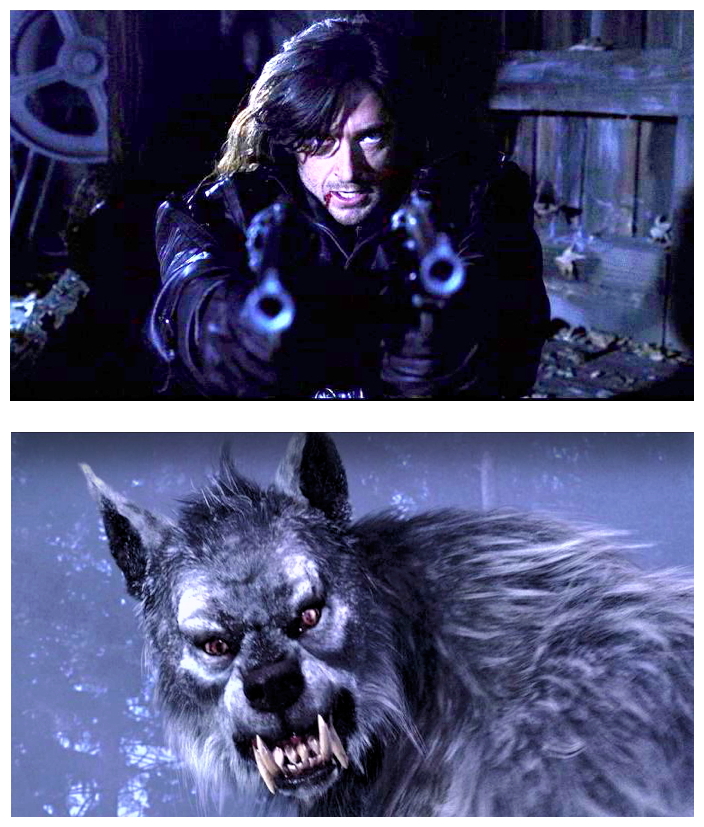
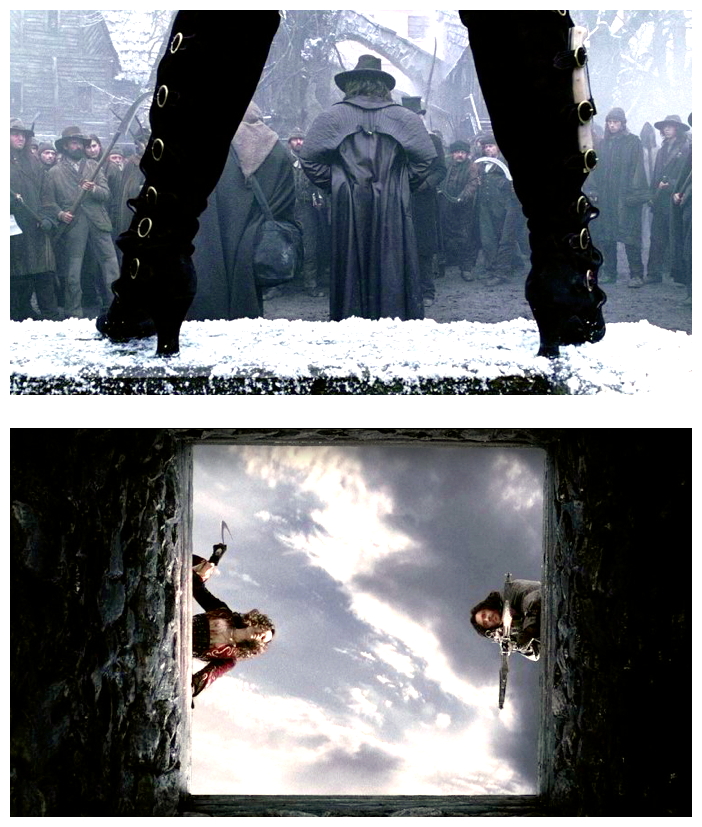
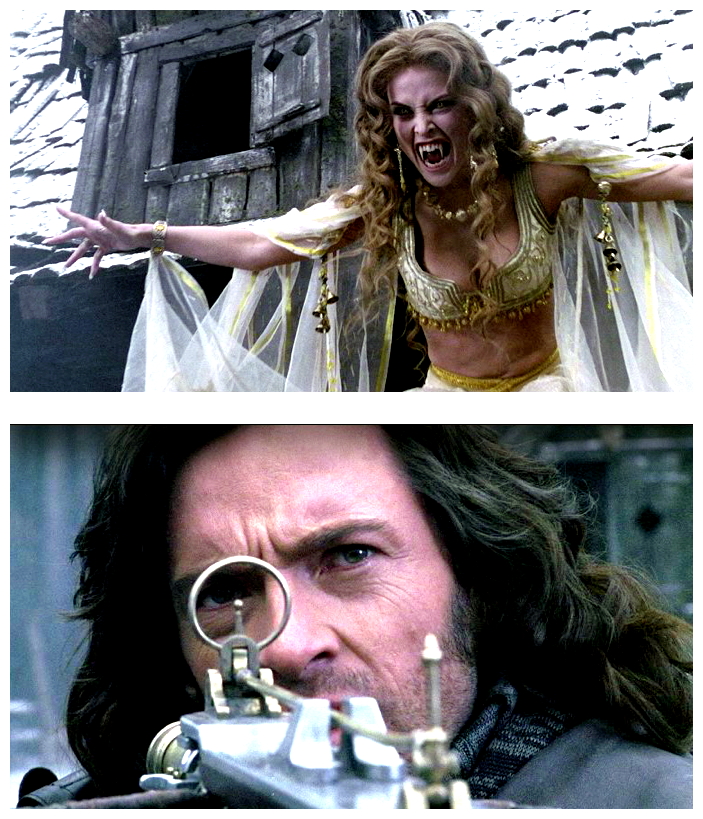


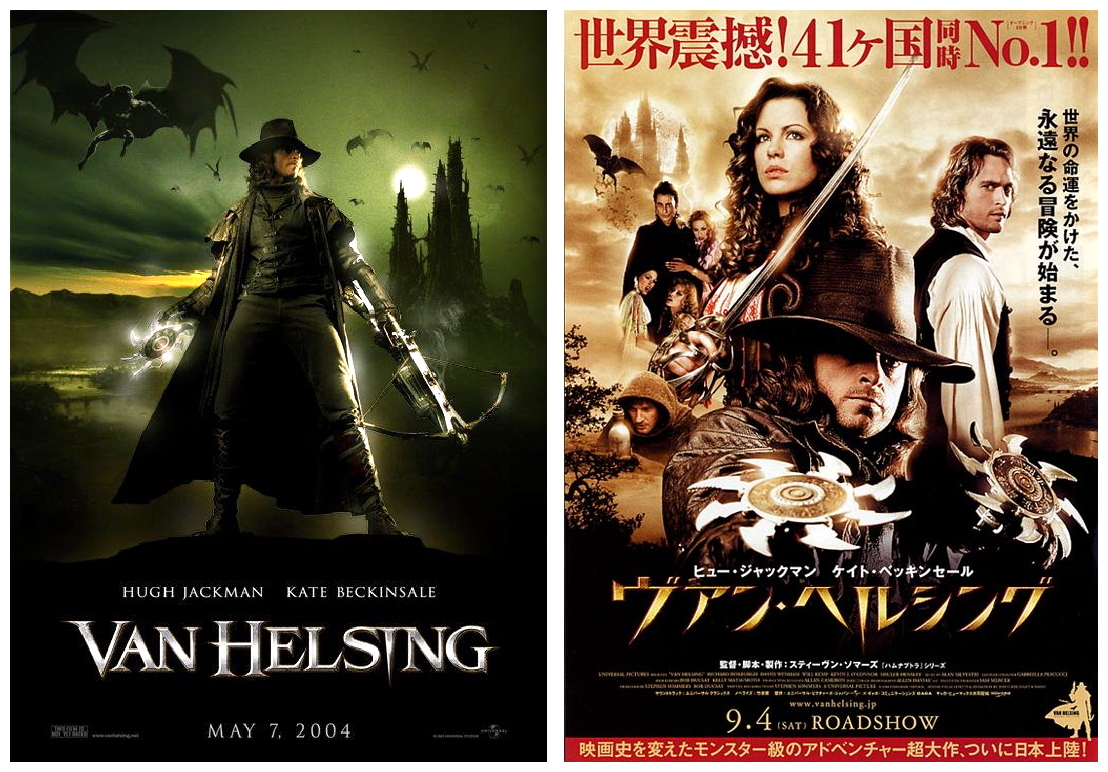
![True_Blood_Jessica_Fangs_by_Morgadu[1]](https://horrornews.net/wp-content/uploads/2011/11/True_Blood_Jessica_Fangs_by_Morgadu1-310x165.jpg)
